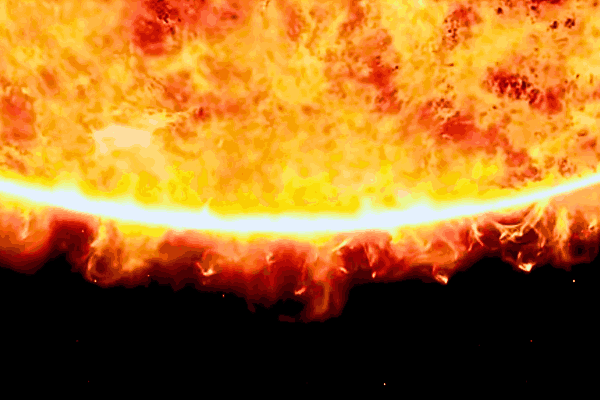THE NOAA WARNING
NOAA’s Space Weather Prediction Center has issued a warning as an “extreme” G5 Geomagnetic Storm approaches Earth, following an “unusual” Solar event.
The Storm, the strongest level on the geomagnetic Storm scale, has the potential to cause widespread voltage control and protective system problems, grid system collapses or blackouts, and transformer damage. Radio transmissions and satellite navigation may also be affected.
Solar Caused Geomagnetic Storm and the Threat to Earth’s Infrastructure
The Solar activity leading to this storm began on May 8, with a large cluster of sunspots producing several moderate to strong Solar flares.
One of the most significant sunspots, AR3664, is 16 times the diameter of Earth and has been responsible for much of the geomagnetic activity. A strong Solar flare from AR3664 was observed on May 9.
Impacts and Precautions from Geomagnetic Storm
In addition to Solar flares, there have been several Coronal Mass Ejections (CMEs) directed toward Earth. These explosions of plasma and magnetic fields could arrive as early as midday on Friday and persist through Sunday.
The combination of Solar flares and CMEs has created a “pretty extraordinary” Event, according to NOAA, with potential impacts on infrastructure, including high-voltage transmission lines of the power grid.
Despite the dramatic Solar activity, experts believe that the stunning auroras seen in recent days are unlikely to continue. This is because AR3664, the Sunspot Cluster responsible for the activity, is currently just out of direct view as it rotates around the sun. However, there is a chance that the active region may retain its structure and rotate back into view in about two weeks.
The Natural Cycle of the Sun and Ongoing Monitoring
The Sun’s activity is part of its natural 11-year cycle, and while severe geomagnetic storms are not uncommon, this event is considered unusual.
NOAA has notified operators of critical infrastructure to take protective action, and the public is advised to stay informed of storm progression. As Earth braces for the impact of this geomagnetic storm, scientists and space weather experts continue to monitor the situation closely.
Also Read : The Patty Melts From PIZZA HUT




